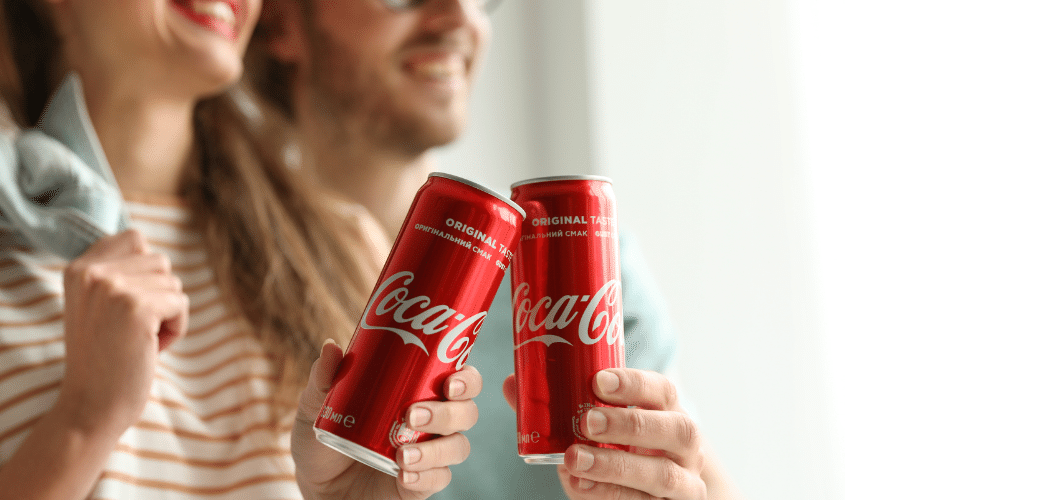People Have Got To Eat
This is one necessity the pandemic will not change. However, the “how” and “where” of taking meals is dramatically changing thanks to other lifestyle adjustments resulting from the health crisis.
In 2019, growth in restaurant spending overtook that of supermarket spending, up 4%, compared with 3% for supermarkets. The pandemic had since turned the tables: Online grocery sales, a key indicator of shopper behavior during the pandemic lockdown, rose 9% in June, month over month. But note – that’s a decline from May, when online sales rose 24%, and from April’s 37%.
The tapering suggests that as people return to work and have less time to cook, they are redirecting their meal dollars to restaurants, even if they never leave their cars. And quick-serve restaurants are forking over more of those meals.
Drive-Thru Fries Taste Better In A Pandemic
If the workaday monotony of pre-pandemic daily life was considered plain vanilla, then the forced monotony of the health crisis is pretty much flavorless. The upshot is any allowable diversion, even if it involves a faceless intercom and a bag wafting of French fries, will add spice to life.
People just want to do normal things again; normal is happy.
So it’s normal that sales at quick-serve restaurants (QSRs), such as McDonald’s MCD +0.4% and Taco Bell, rose 5% year-over-year in the week ended July 12, when people began venturing out again. Such sales rose 4% in the week before, the data firm Facteus reports.
Ease is likely a major contributor to the sales bump – people are still being cautious and likely prefer the speed and physical distancing of a drive-thru. Some chains have reduced and simplified their menu options, in fact, to speed up lines and encourage more traffic.
What Supermarkets Should Carry Away From The Drive-Thru
Quick-serve industry leaders are fast adapting other concepts to their offerings as they navigate the pandemic’s trajectory. Here are three practices supermarkets might want to pick up from them, plus one supermarket strategy that could benefit quick-serve restaurants.
- Gamify specialty rewards apps. Wendy’s in July launched its first loyalty app, and McDonald’s offers the McCafé app, which rewards for coffee purchases. Many supermarket reward programs are app-based as well, but where they differ is QSR apps tend to gamify the experience through frequency-related promotions that encourage customers to return more often (since QSRs must fight for every meal dollar). Grocery chains can fashion their app platforms similarly, applying a “meal occasion” approach to the fresh food they sell and in return reward customers for letting them do that work once a week. They can then encourage customers to build on that behavior with add-on rewards – buy two meal occasions, get a bonus reward, etc.
- Join the breakfast club. Before the pandemic, many fast-food chains recognized the potential of the breakfast occasion as a “day part” that could become a cash cow, and they still do. At McDonald’s, the morning menu generates 25% of sales and nearly 40% of profits. Wendy’s in March introduced a complete breakfast menu, a $20 million investment, betting that the offerings would eventually account for 10% of sales. Supermarkets with increased early-morning shopping traffic (including seniors) can goose up sales by offering individually wrapped breakfast sandwiches and breakfast bowls at the deli counter. Such offerings could condition shoppers to come in for breakfast, and then grab some groceries while they are in the store.
- Put the meals on wheels. More consumers are ordering their groceries online and they are ordering full meals online. Supermarkets with in-store eateries can work with third-party services (or create their own) to deliver these meals, or use food trucks to serve from the parking lot. Whatever their choices, supermarkets should offer something as easy as app-based meal delivery, because even pre-pandemic, the experts in 2019 predicted that market would reach $16.6 billion by 2023. Key to success: Making online meal ordering easy to spot on the home page. (Kroger KR +0.3%, for example, offers a range of heat-and-eat meals that are accessible within a couple clicks.)
- And for QSRs: Think outside the boxed meal. The forced closures brought on by the pandemic caused many full-service restaurant owners to begin packaging up the ingredients to their most popular dishes and offering them as high-end meal kits. They likely borrowed this idea from supermarkets, but restaurants have the advantage of offering their customers a first-time experience – the chance to create a meal they know they love at home. Fast-food chains can do the same: think frozen Wendy’s burgers, Taco Bell taco kits and Subway sandwich kits. Added bonus: These kits helped the restaurants sell off their excess inventory.
Shoppers Just Want Happy Meals
The pandemic is changing how people shop, for everything, but that doesn’t mean food sellers can’t help direct that change toward a course the benefits both merchants and customers. If they spend the time to gather the insights that explain what is most important to their customers now, supermarket operators could pleasantly surprise stressed-out shoppers with options that are unexpectedly simple and rewarding.
They could even make food shopping enjoyable. That isn’t a word a lot of shoppers used to describe a grocery trip before the pandemic. But as long as we’re headed toward a new normal, that opportunity is on the menu.
Bryan Pearson is a Featured Contributor to The Wise Marketer and currently serves as a director and strategic advisor to a number of loyalty-related organizations. He is the former CEO of LoyaltyOne.
This article originally appeared in Forbes. Be sure to follow Bryan on Twitter for more on retail, loyalty, and the customer experience.




